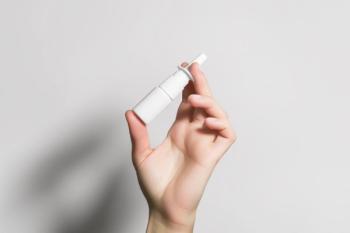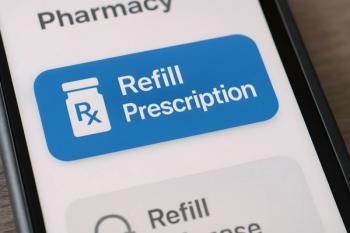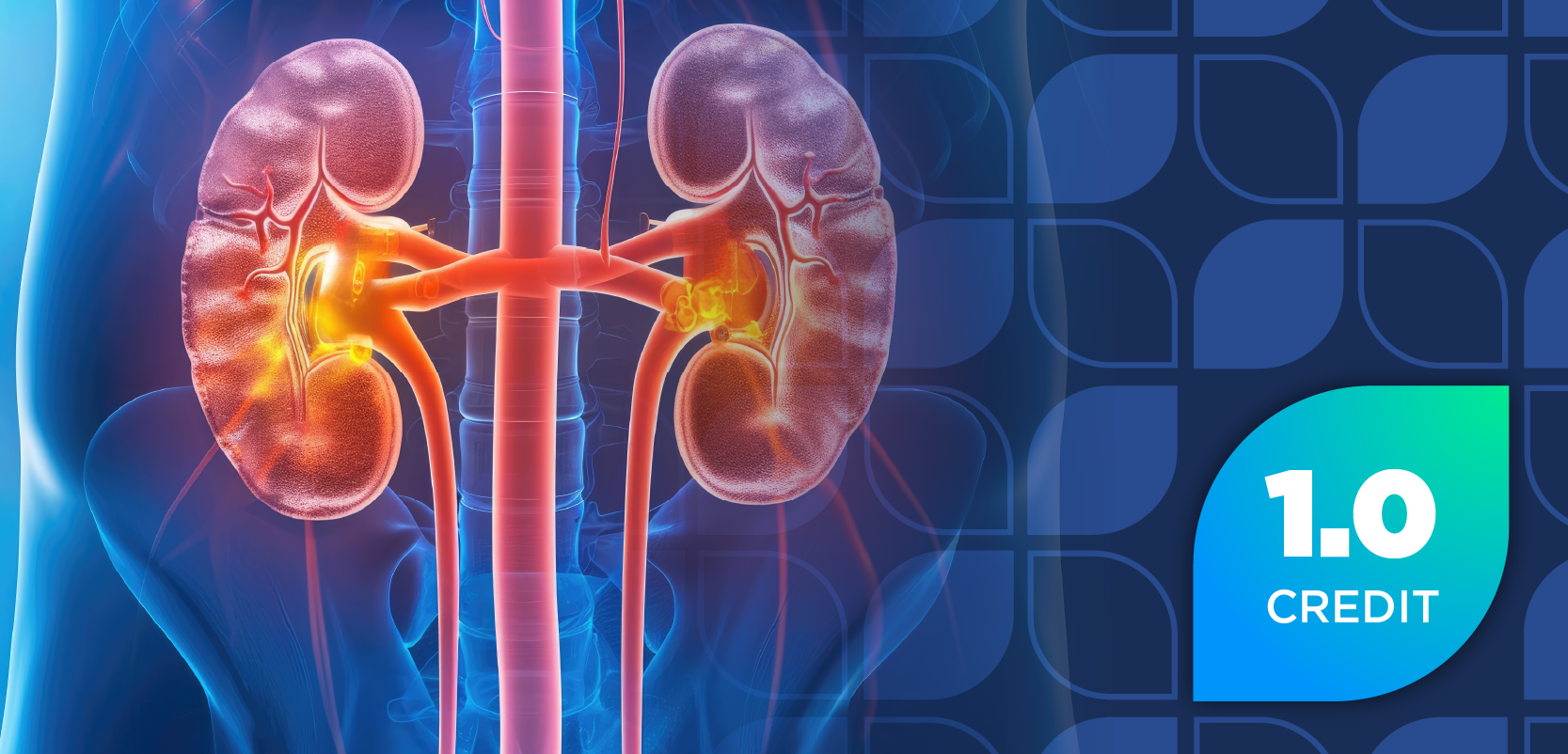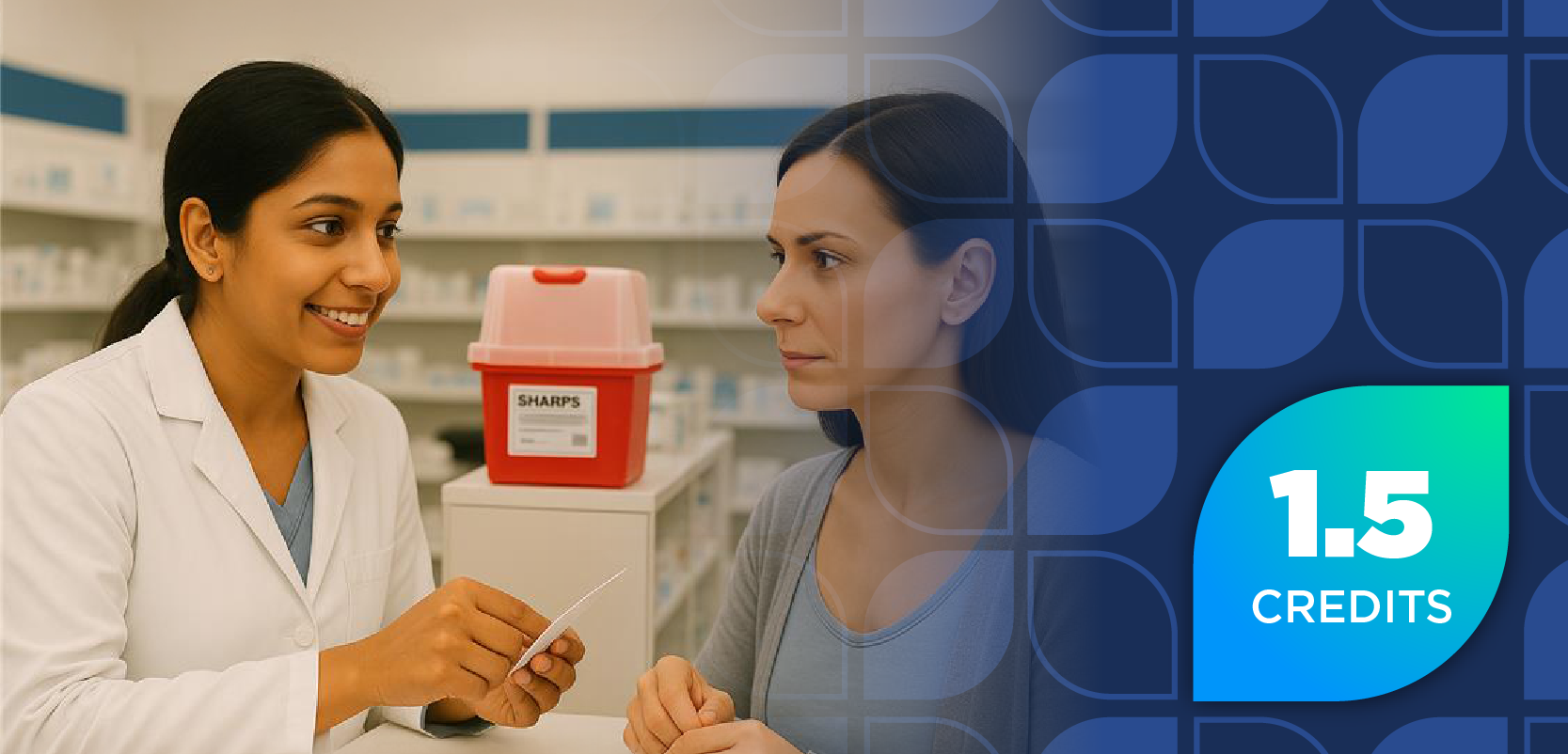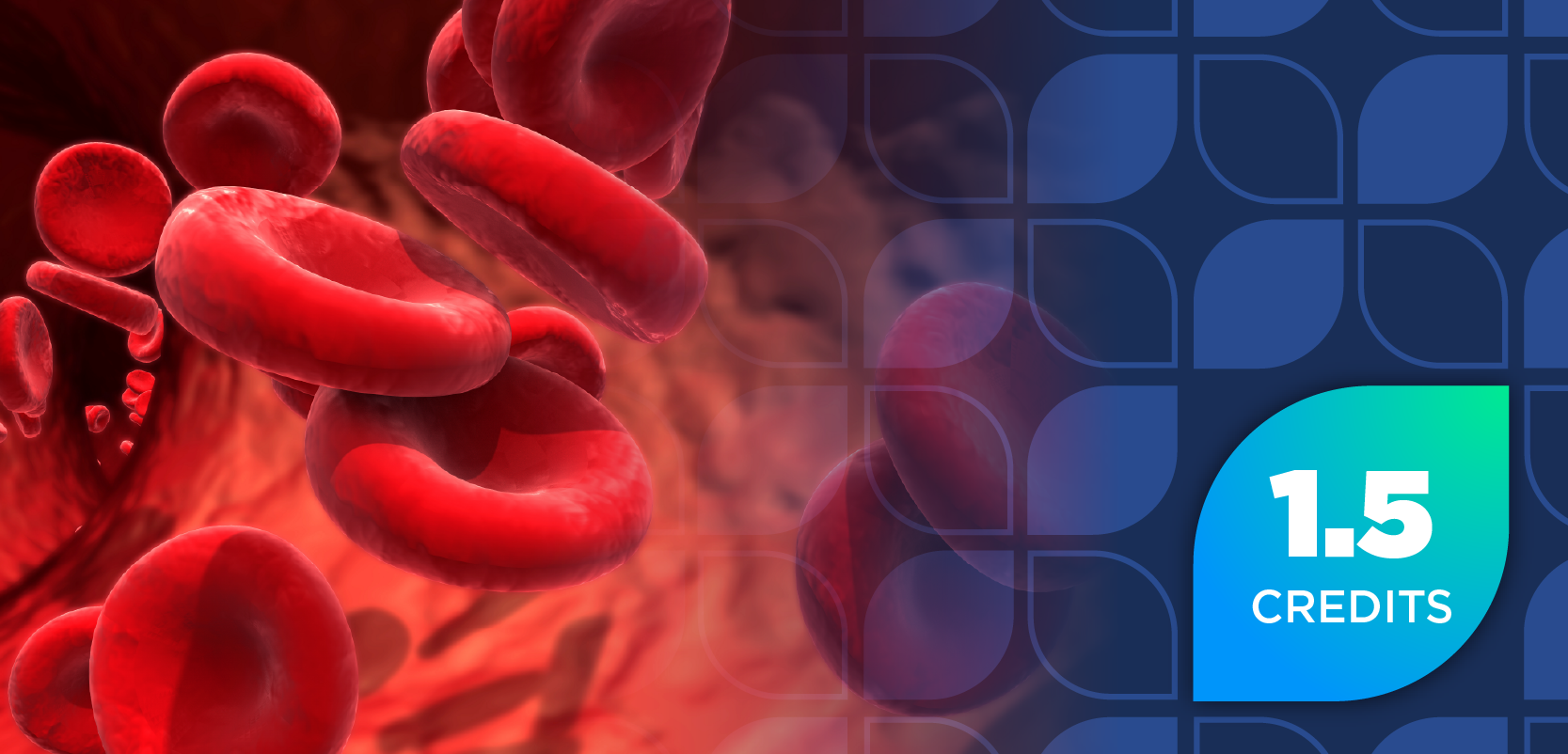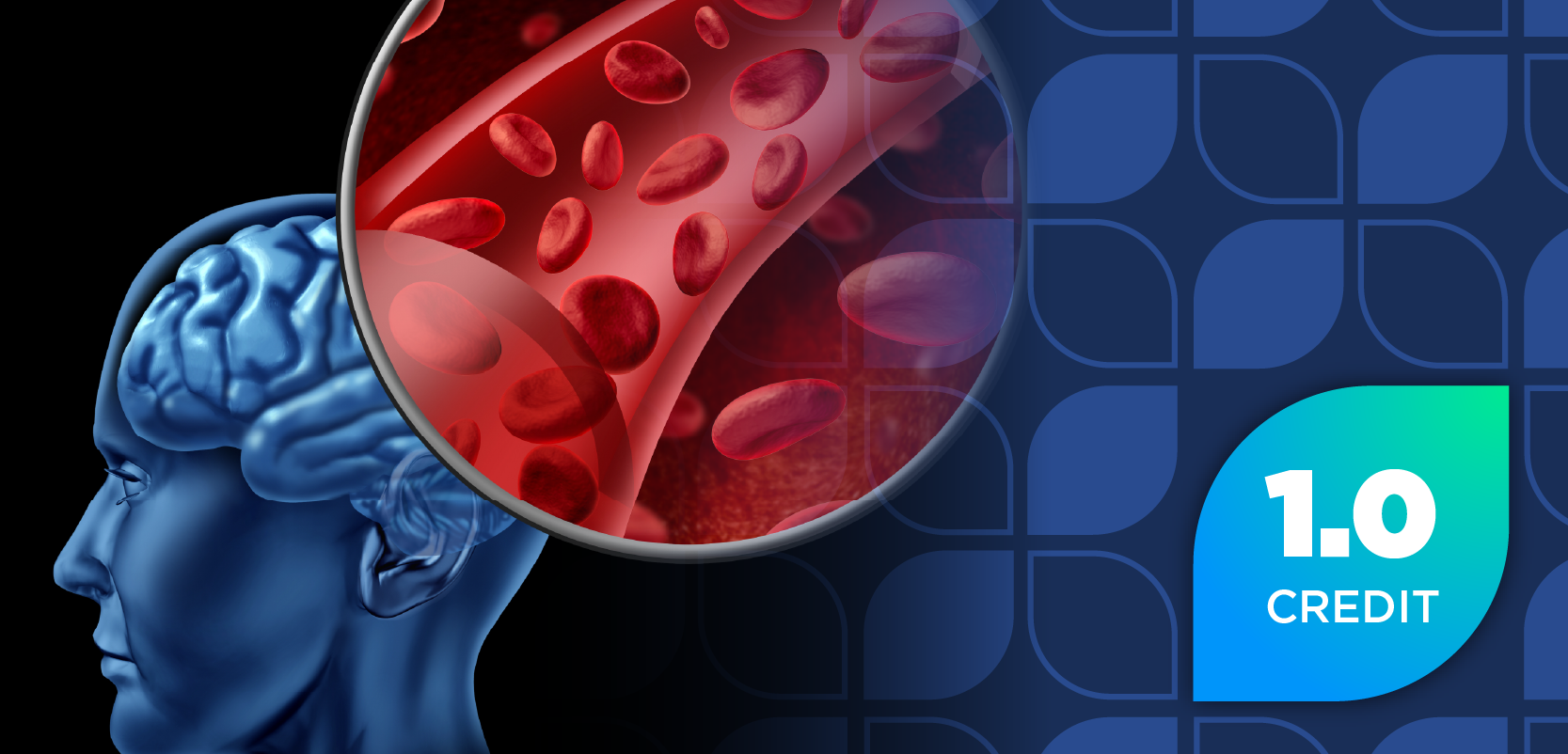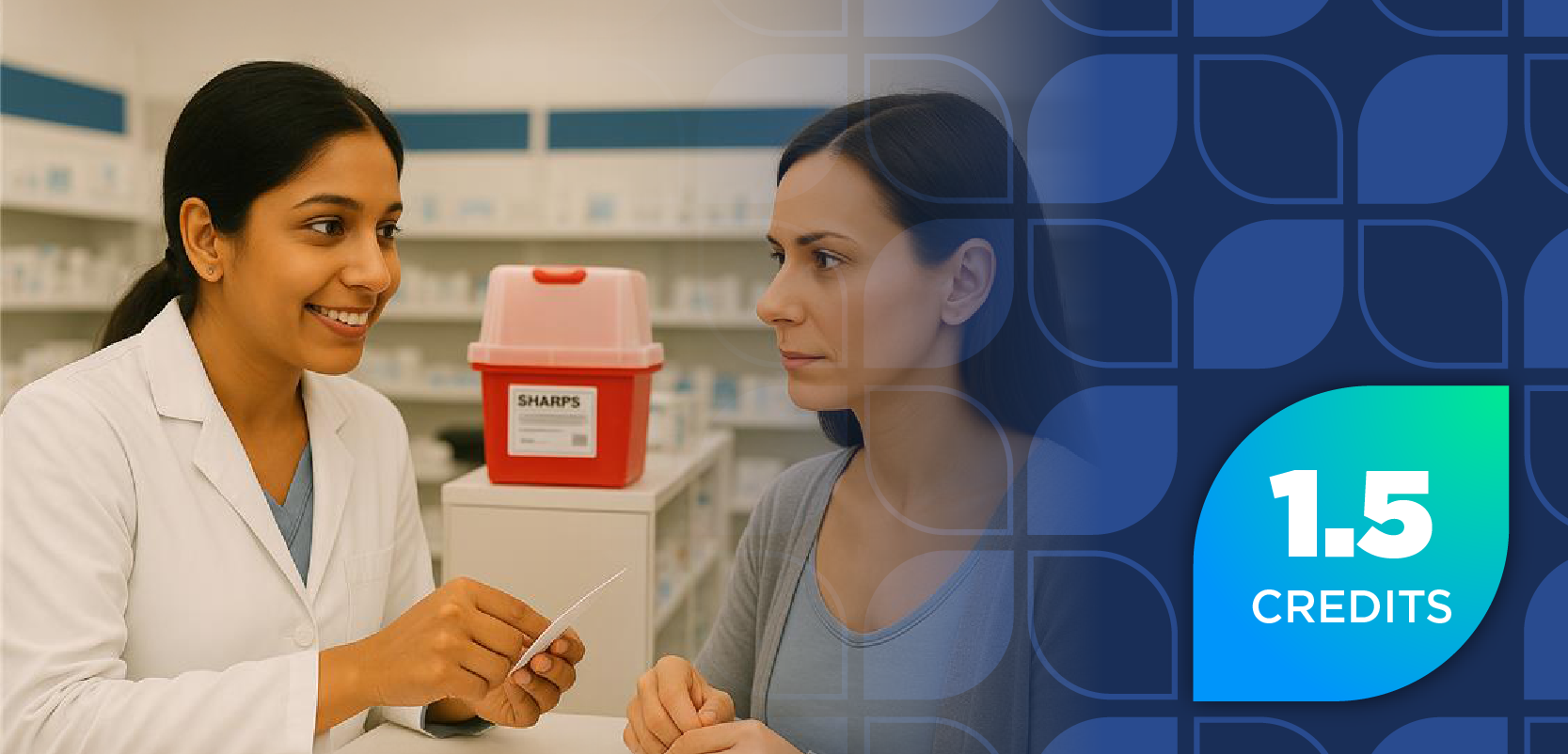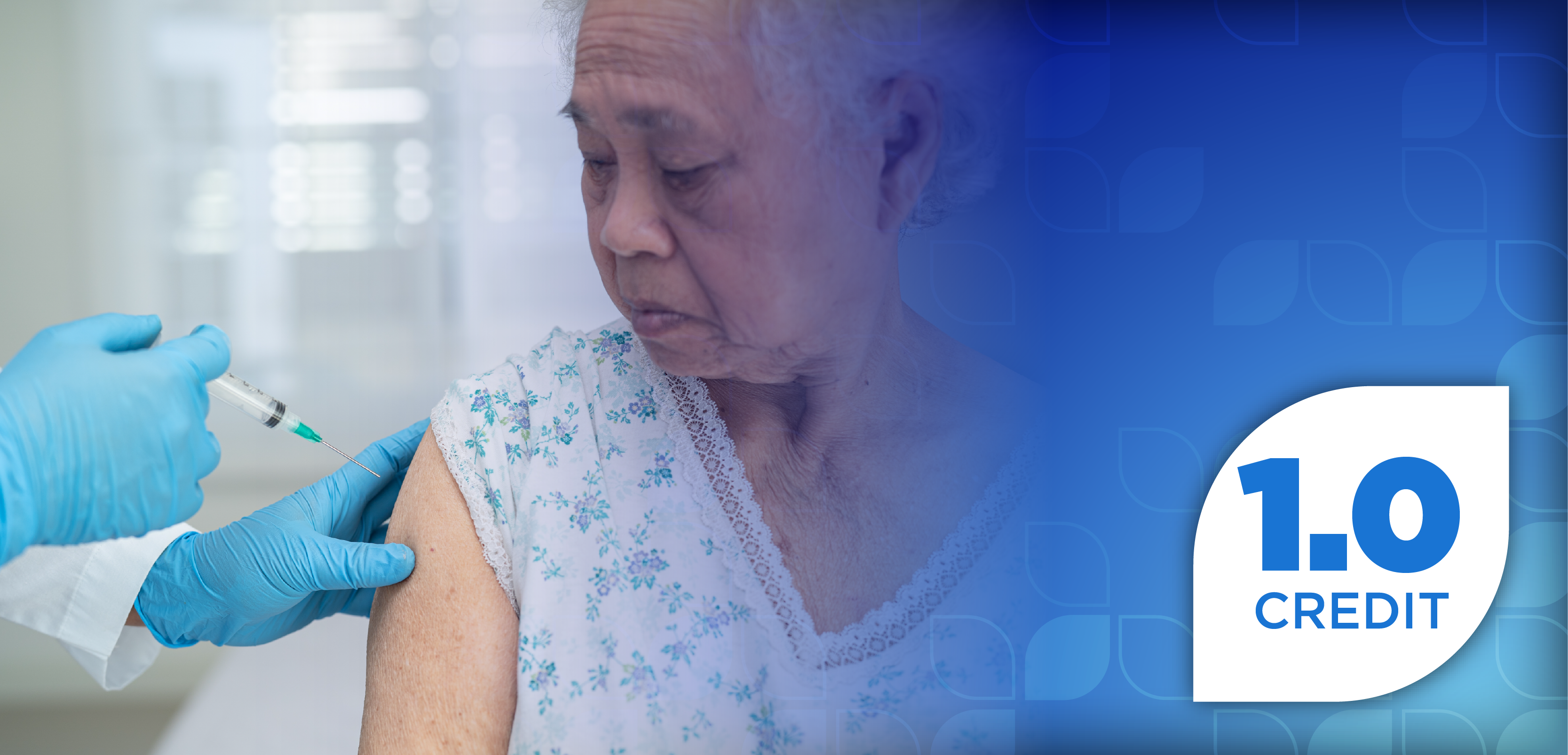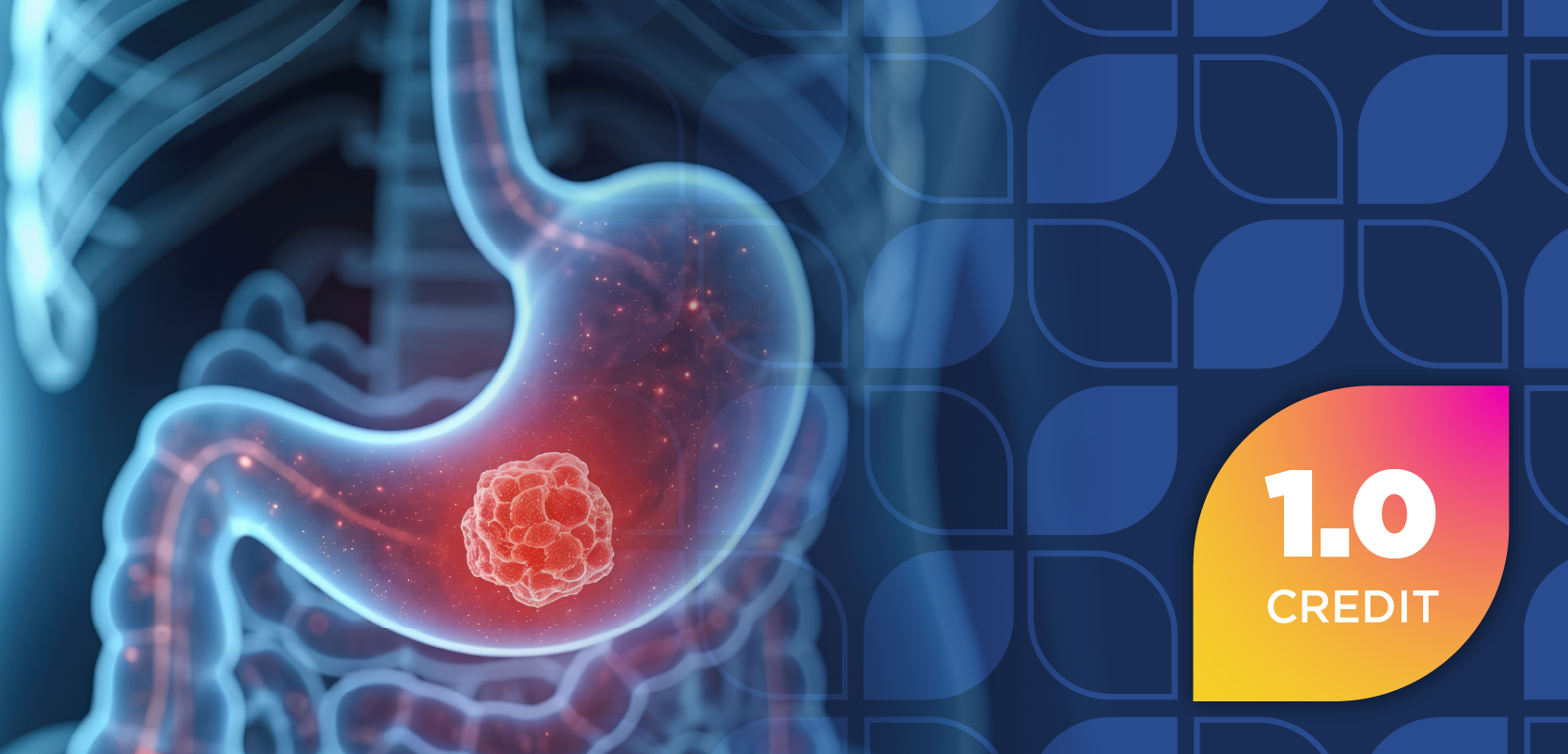Pharmacy Times: How can pharmacists and providers play a role in optimizing IVIG therapy for patients with CIDP, particularly in appropriate dosing, administration, and monitoring?
Key Takeaways
1. Pharmacists, nurses, and home infusion teams are crucial in monitoring side effects and recognizing treatment inefficacy, helping guide adjustments in IVIG dosing and timing.
2. Pharmacists play a vital role in verifying IVIG dosing accuracy, preventing potentially harmful under- or overdosing due to prescription errors.
3. Regular patient assessments, including strength tests and functional evaluations, ensure IVIG therapy is working effectively and aid in determining necessary treatment modifications.
Richard Lewis, MD, Professor of Neurology, Cedar Sinai: I'm happy to give my perspective on this for you if that can be of any help. So, the question was, how can pharmacists and other care providers help the treatment of these patients? Patients with CIDP get IVIG either in the United States with a home infusion or they get it at an infusion center. The decision on where that's done partly has to do with what insurance allows for each individual, as well as convenience and other factors. In either case, there's a team that provides the IVIG infusions. The doctor puts the order in, and I certainly rely on the nurses and the pharmacists to tell me, “Please put this pre-med order in because the patient gets a little itchy,” and we usually provide some diphenhydramine (Benadryl; Pfizer), sometimes corticosteroids, with the IVIG. But the people who really know what's going on during the infusion are the staff, the nurses, and maybe others who are there during the infusion. We often get feedback that some of our patients’ blood sugars go way up during the infusions, or their blood pressure goes way up. We sometimes have some standing orders to deal with those if we know those are occurring. But sometimes the nurses must call us and say, “This patient's blood sugar is 300; should we give them some insulin?” and we make those decisions. But to some extent, where I find that most helpful is that the people there at the infusion are the eyes and ears of the treating team at the time. Patients will sometimes report to me, “Yeah, I get a little weaker before each infusion.” It's a little hard to know what that means. And if they say that to the nurse, it's helpful for them to let us know and maybe do some assessment to try to figure out, well, how weak do they actually get, and how severe is that? That then goes to, do we change dosing? Do we change the timing of the infusions? The intervals? Is every 3 weeks the best interval for this patient or not? So, that's extremely helpful. I don't have a good feel for whether the pharmacist is actually present during that, so I suspect they're more behind the scenes making sure that the dosing is right, that the mixing of the IVIG with saline is all done, and in ensuring all the pre-meds and other meds are available.
Where I found pharmacy incredibly helpful is when they say, “This dose doesn't seem right.” What happens is, we order, say, for an induction, the typical induction dose is 2 grams per kilogram (g/kg), which is usually divided in 4 or 5 days for the first induction. So, they're either getting 400 mg/kg daily for 5 days, or they're getting 500 mg/kg daily for 4 days. Those orders are not easily written, and they can easily be confused. I've had patients who were getting 2 grams, not 2 g/kg, so way underdosed. And then I've had some patients get 2 g/kg daily for 4 days, rather than the 500 mg/kg daily for 5. It's very important for the pharmacist to be on top of that, and if something doesn't smell right or seems unusual, it's appropriate to bring that to our attention. I've had pharmacy be very helpful for me on that. On the other hand, I've also had patients for whom it took 6 months to realize that the dosing was not what we wanted, but was a misinterpretation of the order, whether that was my fault, or my staff's fault, or just the confusion of doing it 2 g/kg. So, I find that extremely helpful, just to keep us honest. I think that's helpful. The other thing that's helpful, you know, is we sometimes see we try to see the patients, usually every 3 months, certainly when we first treat them. I give them a 3-month trial, and what I'm looking for is objective signs of improvement that occur in those 3 months. If they get worse with the infusions in those 3 months, it means the treatment's not working. Now that could be a dosing issue, or it could be that it's just the wrong medicine, or it's the wrong diagnosis, which is not uncommon in CIDP. When my first treatment doesn't work, we relook; are we sure about the diagnosis? Was the dosing optimal? Or is it the wrong treatment? I've published with Jeff Allen and others about using home nursing teams, home infusion teams, to actually assess these patients when they see them. With the grip strength monitor, what's their grip strength before and after the infusion? Sometimes we do a Timed Up and Go where they sit in a chair, they walk 10 feet, turn around, and sit back down in the chair, and you time them. There are things you can do to assess, and we have certain surveys that we use that patients tell us about what their daily functions are and how much they're impacted by their disease. Certainly, if the care team would do that, that's extremely helpful. The thing about IVIG is that it takes 4, 6, or sometimes even 8 hours to infuse. So, the nurse is there; it doesn't take long to do some of these assessments, and you can still play checkers or chess with the patient, or whatever you do during that infusion time. I think there are a lot of things; I think the more the doctors collaborate with the infusion team, the better care the patient will have.


